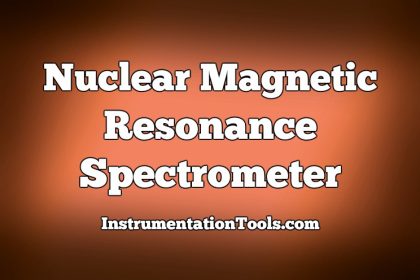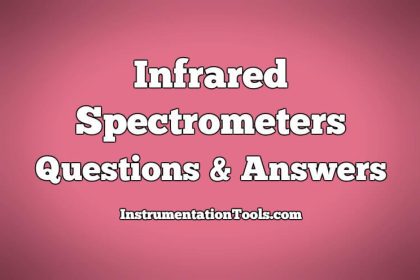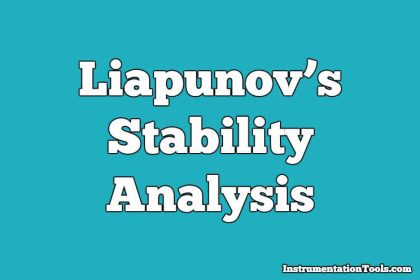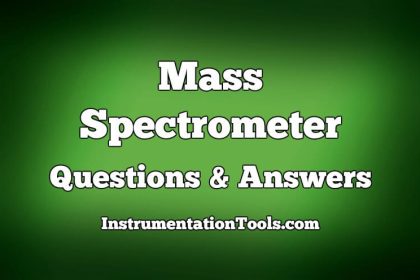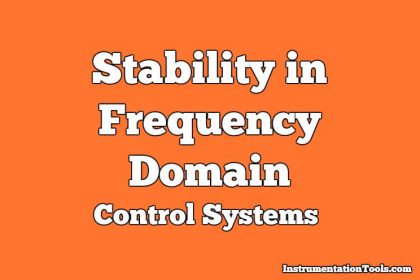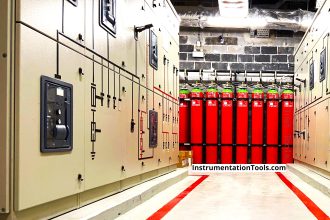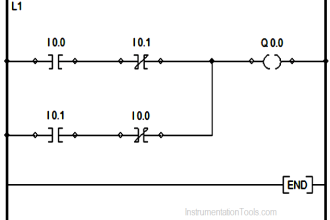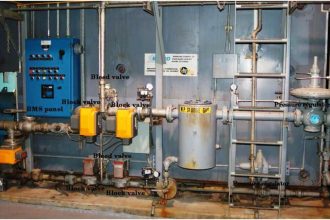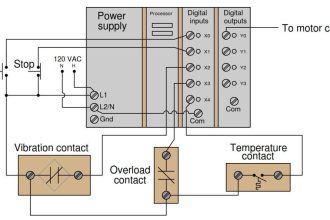Sensivity Enhancement for NMR Spectroscopy Questions & Answers
1. Sensitivity is the ratio of peak signal amplitude to which of the following?
a) Time
b) Rms noise
c) Average noise
d) Peak-to-peak noise
Answer: b
Explanation: Sensitivity is the ratio of peak signal amplitude to rms noise. It is a measure of ability of an instrument to differentiate signal from surrounding noise.
2. Which of the following is not an operating technique for sensitivity enhancement?
a) Optimization of sample volume
b) Optimization of instrumental parameters
c) Optimization of noise
d) Time averaging
Answer: c
Explanation: There are only three operating techniques for sensitivity enhancement. Optimization of noise is not an operating technique for sensitivity enhancement.
3. Which of the following techniques do not enhance sensitivity by a factor of 10 at normal operating conditions?
a) Optimization of sample volume
b) Optimization of instrumental parameters
c) Optimization of noise
d) Time averaging
Answer: d
Explanation: Time averaging techniques does not enhance sensitivity by a factor of 10. The other two techniques enhance sensitivity by a factor of 10 at normal operating conditions.
4. The most common spherical cells have which of the following dimensions?
a) 4mm diameter
b) 40mm diameter
c) 8mm diameter
d) 80mm diameter
Answer: a
Explanation: The most common spherical cells have 4mm diameter. A 1mm capillary cell is centred along the axis of the coil.
5. Better sensitivity with good resolution can be achieved by concentrating the sample inside which of the following?
a) Sample cell
b) Micro cell
c) Sample tube
d) Cylindrical tube
Answer: b
Explanation: Better sensitivity with good resolution can be achieved by concentrating the sample inside a specially designed NMR microcell. It could be a spherical cell or a capillary cell.
6. Frequency spectrum of noise occupies a band that is _________ the signal spectrum. Choose the most appropriate option.
a) Narrow than
b) Wider than
c) Different from
d) Same as
Answer: b
Explanation: Frequency spectrum of noise occupies a band that is wider than the signal spectrum. Filters operate on this concept.
7. Suppression of frequencies which contain no signal does which of the following?
a) Increases S/N ratio
b) Decreases S/N ratio
c) S/N ratio is kept constant
d) S/N ratio becomes 1
Answer: a
Explanation: Suppression of frequencies which contain no signal increases S/N ratio. The noise decreases.
8. The amplitude of the NMR signal caused by the absorption of RF energy at the radio frequency does not depend upon the power of the RF energy applied.
a) True
b) False
Answer: b
Explanation: The amplitude of the NMR signal caused by the absorption of RF energy at the radio frequency depends on the power of the RF energy applied. It also depends on the sweep rate selected.
9. Which of the following is not involved in signal averaging?
a) A system to repeatedly scan the spectral region of interest
b) Some storage device to store information
c) A system to coherently add individual spectra
d) Sweep generator
Answer: d
Explanation: Sweep generator is not involved in signal averaging. This is usually accomplished using a small computer.
10. In order to have a long measuring time for increasing sensitivity, it is better to have several fast scans than a single slow scan.
a) True
b) False
Answer: a
Explanation: In order to have a long measuring time for increasing sensitivity, it is better to have several fast scans than a single slow scan. The sensitivity increases by the square root of number of scans.
11. In Spin Decoupler, the output of the DC amplifier is applied to which of the following to control the power supplied to the oven heaters?
a) Power diode
b) Power transistor
c) Power MOSFET
d) Power IGBT
Answer: b
Explanation: In Spin Decoupler, the output of the DC amplifier is applied to power transistor to control the power supplied to the oven heaters. The temperature is maintained at plus or minus 1oC.
12. In Spin Decoupler, the difference frequency circuit provides a means of mixing two signals and a filter to recover which of the following?
a) Low-frequency component
b) High-frequency component
c) Low-voltage component
d) High-voltage component
Answer: a
Explanation: In Spin Decoupler, the difference frequency circuit provides a means of mixing two signals and a filter to recover low-frequency component. It is included to provide a read-out frequency.

